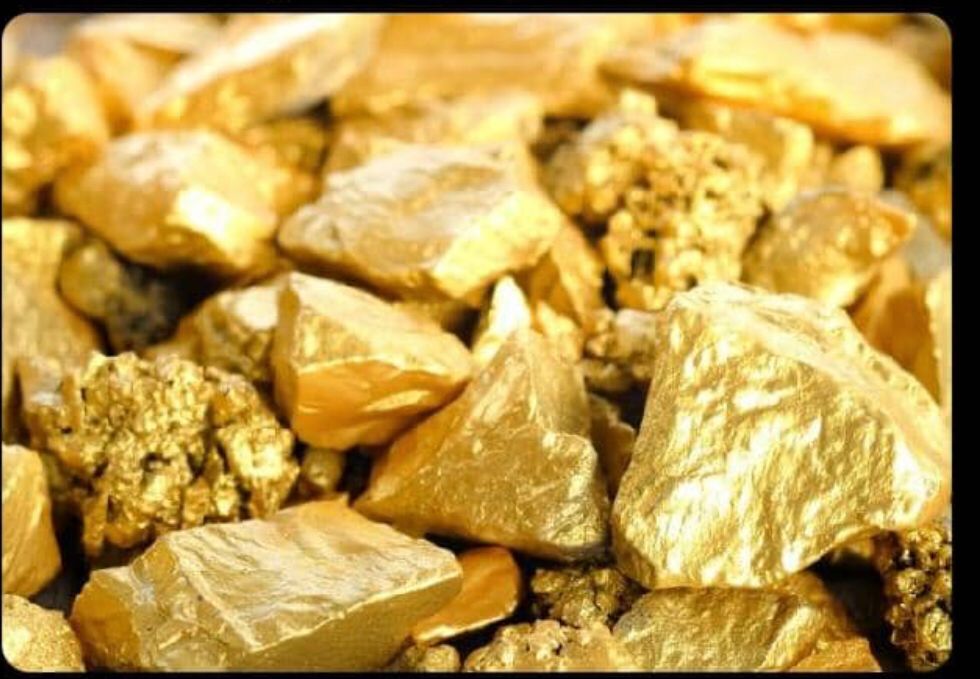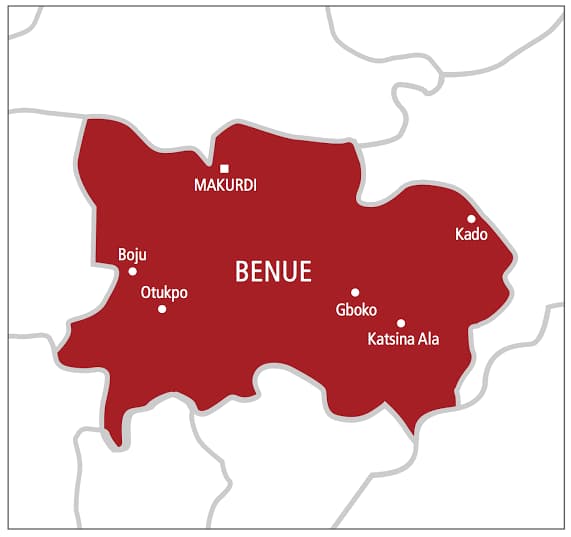The global appetite for gold and critical minerals has skyrocketed in recent years, driven by industries ranging from electronics to renewable energy and luxury goods. While this demand fuels economic growth in some parts of the world, it is casting a long shadow over Africa, where the United Nations Office on Drugs and Crime (UNODC) has raised alarms about its devastating consequences. According to a recent UNODC report, the booming demand for these resources is not only reshaping economies but also fueling organized crime, corruption, environmental degradation, and social instability across the continent. This blog post dives deep into the findings, exploring how the pursuit of gold and minerals is destabilizing African nations and what can be done to address this growing crisis.
Gold, often seen as a symbol of wealth and stability, has become a magnet for criminal networks in Africa. The UNODC report highlights that organized crime groups are increasingly embedding themselves in gold supply chains, drawn by the immense profitability of the trade. With gold prices soaring—reaching record highs in recent years—the incentive for illicit activities has never been greater. These groups exploit weak regulatory frameworks, porous borders, and systemic corruption to smuggle gold out of African countries, often using sophisticated methods such as bribery, forged permits, and shell companies to mask their operations.
In some regions, criminal organizations have shifted their focus entirely to gold, recognizing it as a lucrative alternative to traditional illicit trades like drug trafficking. Unlike narcotics, gold is a tangible asset that holds universal value, making it easier to launder and integrate into the global economy. The UNODC notes that these groups often operate with impunity, leveraging their profits to fund armed insurgencies, challenge state authority, and perpetuate cycles of violence. In countries like the Democratic Republic of Congo (DRC), Mali, and South Sudan, gold mining has become a flashpoint for conflict, with armed groups controlling mines and using the proceeds to sustain their activities.
The scale of the problem is staggering. Sub-Saharan Africa accounts for a significant portion of global gold production, yet much of this gold leaves the continent through illicit channels. Smugglers exploit gaps in oversight, moving gold across borders to neighboring countries before it is exported to refineries in Europe, Asia, and North America. Once refined, the gold enters legitimate markets, often with little trace of its murky origins. This transnational nature of the trade creates ample opportunities for criminal networks to profit while evading detection.
The consequences of illegal gold and mineral mining extend far beyond organized crime. The environmental toll is profound, with illegal mining operations leaving a trail of destruction across Africa’s landscapes. The UNODC report underscores the widespread use of hazardous chemicals like mercury in artisanal mining, which contaminates water sources, soil, and air. Deforestation is rampant as miners clear vast tracts of land to access mineral deposits, disrupting ecosystems and threatening biodiversity. Illegal waste dumping further compounds the problem, creating long-term environmental hazards that will take decades to remediate.
The human cost is equally alarming. Local communities living near mining sites face severe social and economic challenges. The UNODC highlights issues such as sexual exploitation, forced labor, and human trafficking, particularly in informal mining camps where oversight is minimal. Women and children are especially vulnerable, often subjected to abuse or coerced into dangerous working conditions. Displacement is another pressing issue, as communities are forced from their lands to make way for mining operations, losing access to their homes, farmlands, and livelihoods.
Artisanal miners, who make up a significant portion of the workforce in Africa’s mining sector, often work in hazardous conditions for meager pay. Without proper safety equipment or training, they face risks of injury or death from collapsing mines, toxic exposure, and other occupational hazards. The promise of quick wealth draws many to these sites, but the reality is often exploitation and poverty, perpetuated by criminal networks that control the trade.
The Global Supply Chain and Its Weaknesses
The global demand for gold and critical minerals—such as cobalt, lithium, and rare earth elements—has surged due to their essential role in modern technologies. From electric vehicle batteries to solar panels and consumer electronics, these minerals are the backbone of the green energy revolution and the digital age. However, the supply chains that bring these resources to market are riddled with vulnerabilities that criminal networks exploit.
Africa is home to some of the world’s richest deposits of gold and critical minerals, yet the continent reaps little benefit from their extraction. The UNODC report points out that while mining occurs predominantly in sub-Saharan Africa, the refining and processing stages are concentrated in Europe, Asia, and North America. This geographic disconnect creates opportunities for illicit actors to infiltrate the supply chain. Smuggled gold and minerals are often mixed with legally sourced materials, making it difficult to trace their origins. Once processed, these resources enter global markets, where they are used in everything from jewelry to high-tech devices, often unbeknownst to consumers.
The lack of harmonized regulations across countries exacerbates the problem. In many African nations, weak governance and corruption enable illicit mining and smuggling operations to flourish. Even when laws exist, enforcement is often inadequate due to limited resources, lack of political will, or complicity by local officials. The UNODC emphasizes that addressing these gaps requires a coordinated, international approach to secure supply chains and hold perpetrators accountable.
Case Studies: Hotspots of Instability
The UNODC report highlights several African countries where the nexus of gold, minerals, and crime is particularly pronounced:
-
Democratic Republic of Congo (DRC): The DRC is one of the world’s largest producers of gold and critical minerals like cobalt, yet it remains plagued by conflict and instability. Armed groups control many mining sites, using the proceeds to fund violence and perpetuate a cycle of poverty and displacement. The lack of centralized governance and ongoing insurgencies make it a hotspot for illicit mining activities.
-
Mali: In Mali, gold is the country’s largest export, but much of it is smuggled out through informal networks. Criminal groups and extremist organizations have capitalized on the trade, using gold revenues to finance terrorism and undermine state authority. The environmental impact is also severe, with mercury contamination affecting rivers and communities.
-
South Sudan: In South Sudan, illegal gold mining has fueled conflict in an already fragile state. Armed groups compete for control of mining sites, leading to violence and displacement. The lack of infrastructure and governance makes it difficult to regulate the sector, allowing criminal networks to thrive.
These case studies illustrate the complex interplay between resource wealth, crime, and instability. In each case, the absence of strong regulatory frameworks and international cooperation allows illicit actors to exploit the system for their gain.
Solutions and the Path Forward
The UNODC report calls for urgent action to address the crisis, emphasizing the need for a multi-faceted approach that tackles both the supply and demand sides of the problem. Key recommendations include:
-
Improved Data Collection: Accurate data on mining activities, trade flows, and criminal networks is essential for understanding the scope of the problem and designing effective interventions. The UNODC advocates for better tracking systems to monitor the movement of gold and minerals across borders.
-
Harmonized Legislation: Disparate regulations across countries create loopholes that criminals exploit. Harmonizing laws and standards for mining, trade, and environmental protection can help close these gaps and promote accountability.
-
Strengthened Law Enforcement: Targeted law enforcement efforts are needed to disrupt criminal networks and dismantle their operations. This includes training local authorities, improving cross-border cooperation, and leveraging international partnerships to track and seize illicit proceeds.
-
Sustainable Development: Addressing the root causes of illegal mining requires investing in local communities. Providing alternative livelihoods, improving access to education, and supporting sustainable mining practices can reduce the reliance on illicit activities.
-
Consumer Awareness: On the demand side, consumers and corporations have a role to play in ensuring that the gold and minerals they purchase are ethically sourced. Certification schemes and transparency initiatives can help trace the origins of these resources and promote responsible consumption.
-
Environmental Remediation: Efforts to mitigate the environmental damage caused by illegal mining are critical. This includes cleaning up contaminated sites, reforesting degraded areas, and enforcing regulations on the use of hazardous chemicals.
The global demand for gold and critical minerals is transforming Africa’s economic landscape, but it is also fueling a crisis of crime, corruption, and instability. The UNODC’s report serves as a stark reminder that the pursuit of these resources comes at a high cost, particularly for the communities and ecosystems on the frontlines of extraction. By addressing the root causes of illegal mining—through better governance, international cooperation, and sustainable development—there is hope for breaking the cycle of exploitation and building a more equitable and secure future for Africa.
As consumers, policymakers, and global citizens, we must recognize our role in this complex issue. By demanding transparency in supply chains, supporting ethical sourcing, and advocating for stronger regulations, we can help ensure that Africa’s mineral wealth becomes a source of prosperity rather than conflict. The time to act is now—before the human and environmental toll becomes even greater.
Join our Whatsapp channel to stay updated always!


